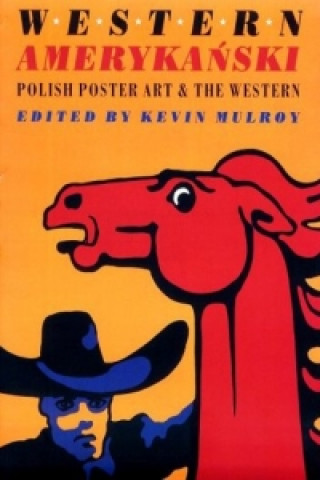
Code: 04874331
Western Amerykanski
The figure of Gary Cooper as the proud frontier sheriff striding down the street in the 1952 American Western High Noon is as much a symbol of dignity and courage in contemporary Poland as it is in the United States. In 1989, for ... more
- Language:
 English
English - Binding: Paperback
- Number of pages: 240
Publisher: University of Washington Press, 1999
- More about this

41.91 €
Availability:
50/50 We think title might be available. Upon your order we will do our best to get it within 6 weeks.
We think title might be available. Upon your order we will do our best to get it within 6 weeks.We search the world
You might also like
-

Welfare of Children
134.44 € -

Impact of Climate Change on Small Scale Hydro-turbine Selections
58.78 € -
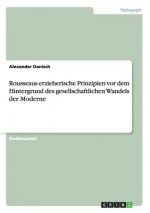
Rousseaus erzieherische Prinzipien vor dem Hintergrund des gesellschaftlichen Wandels der Moderne
34.64 € -6 % -
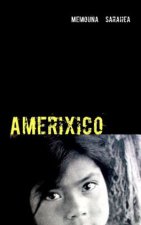
Amerixico
23.22 € -9 % -
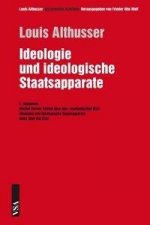
Ideologie und ideologische Staatsapparate. Tl.1
11.91 € -9 %
Give this book as a present today
- Order book and choose Gift Order.
- We will send you book gift voucher at once. You can give it out to anyone.
- Book will be send to donee, nothing more to care about.
Availability alert
Enter your e-mail address and once book will be available,
we will send you a message. It's that simple.
More about Western Amerykanski
You get 105 loyalty points
 Book synopsis
Book synopsis
The figure of Gary Cooper as the proud frontier sheriff striding down the street in the 1952 American Western High Noon is as much a symbol of dignity and courage in contemporary Poland as it is in the United States. In 1989, for Poland's first free election since the Communist takeover, the political party Solidarity dramatically and successfully used that image of Cooper on a campaign poster urging voters to respond to their country's own 'high noon' - their critical moment of decision. The Western motion picture, from its silent days on, exported an epic vision of America.William S. Hart, John Wayne, James Stewart, Henry Fonda, Gregory Peck, Clint Eastwood, and Kirk Douglas became legendary heroes throughout the world, and especially in Poland. In postwar Poland, film poster artists employed the universally recognized symbols of the Western - horse, six-shooter, boots, tin-star badge, Stetson, saddle - to convey violence as a negative force. Unlike many other art forms, the film poster did not fall within the censor's domain because it was not expected to pose a threat to the social order. But messages were conveyed through subtle means of symbol and color.The Polish poster has been likened to the Trojan horse, with the artist smuggling messages onto the streets in the guise of ephemera. The posters displayed so strikingly in this book, and discussed in three essays, are from the golden age of Polish poster-making, the mid-1940s to the 1970s. They are part of the collection assembled by the Autry Museum of Western Heritage, the Western poster holdings of which include more than a hundred created in Poland - the largest such collection outside of Poland itself.Kevin Mulroy is director of the research center at the Autry Museum of Western Heritage in Los Angeles. Other contributors include Edward Buscombe, former head of the British Film Institute in London; Frank Fox, a former professor of Eastern European history and expert on Polish poster art; Mariusz Knorowski, international programs coordinator at the Center of Polish Sculpture in Oronsko and former curator of the Polish Poster Museum in Wilanow; and translator Aneta Zebala, a paintings conservator in Santa Monica, California.
 Book details
Book details
Book category Books in English Society & social sciences Society & culture: general Cultural studies
41.91 €
- Full title: Western Amerykanski
- Subtitle: Polish Poster Art and the Western
- Language:
 English
English - Binding: Paperback
- Number of pages: 240
- EAN: 9780295978130
- ID: 04874331
- Publisher: University of Washington Press
- Weight: 1461 g
- Dimensions: 7765 × 5830 × 25 mm
- Date of publishing: 01. November 1999
Trending among others
-
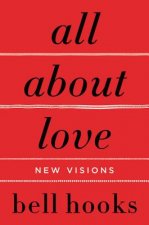
All About Love
12.72 € -24 % -
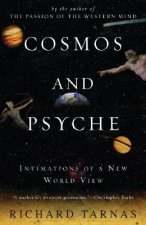
Cosmos and Psyche
18.48 € -20 % -

Coddling of the American Mind
14.13 € -26 % -
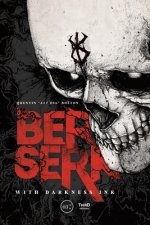
Berserk: With Darkness Ink
29.18 € -5 % -

Vader's Little Princess
13.32 € -15 % -
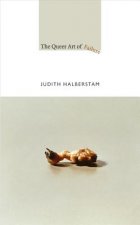
Queer Art of Failure
27.26 € -2 % -

Kimono Design
17.77 € -15 % -

Post-Punk Then and Now
11.30 € -28 % -
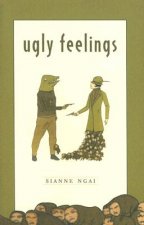
Ugly Feelings
34.84 € -

Cannabible Collection
19.99 € -26 % -

Sapiens
12.21 € -28 % -

Symbol Sourcebook - An Authoritative Guide to International Graphic Symbols
58.88 € -2 % -

Notes on Camp
3.53 € -24 % -
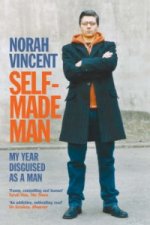
Self-Made Man
11.61 € -21 % -
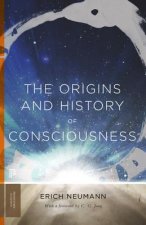
Origins and History of Consciousness
21.81 € -15 % -
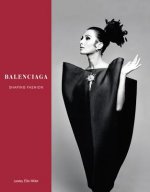
Balenciaga
33.43 € -12 % -
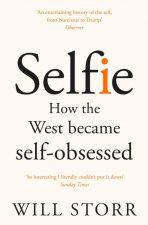
Selfie
11.10 € -29 % -
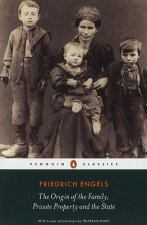
Origin of the Family, Private Property and the State
14.44 € -20 % -
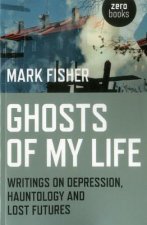
Ghosts of My Life
15.45 € -23 % -
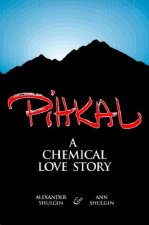
Pihkal
27.67 € -18 % -
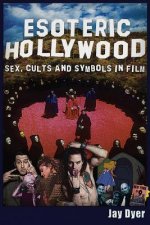
Esoteric Hollywood:: Sex, Cults and Symbols in Film
18.68 € -11 % -

How to Invent Everything
24.44 € -23 % -
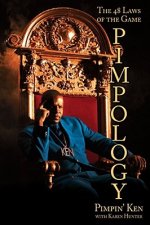
Pimpology
14.54 € -24 % -
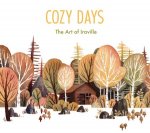
Cozy Days
26.46 € -25 % -
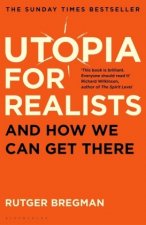
Utopia for Realists
11.30 € -23 % -

Wabi-Sabi for Artists, Designers, Poets & Philosophers
18.78 € -10 % -

Ways of Curating
12.21 € -22 % -
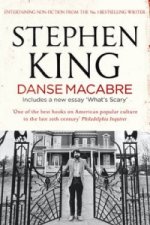
Danse Macabre
11.30 € -28 % -

Coddling of the American Mind
29.69 € -9 % -

Marketing Fashion, Second edition
35.55 € -12 % -
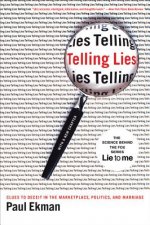
Telling Lies
16.96 € -10 % -

Omnivore's Dilemma
15.24 € -28 % -

How To Fly A Horse
10.90 € -23 % -
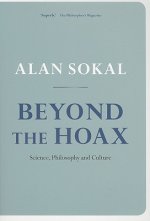
Beyond the Hoax
30.09 € -

Body Piercing and Identity Construction
58.78 € -

Final Fantasy V
12.62 € -22 % -

All That Is Solid Melts into Air
25.55 € -4 % -

What Einstein Told His Barber
15.65 € -18 % -
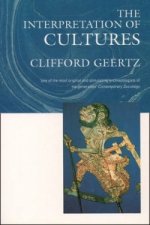
Interpretation of Cultures
16.86 € -18 % -
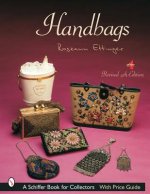
Handbags
22.92 € -25 % -

That Noble Dream
30.90 € -23 % -

Katamari Damacy
12.62 € -22 % -
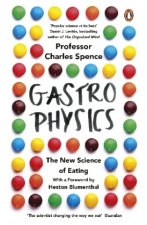
Gastrophysics
11 € -23 % -
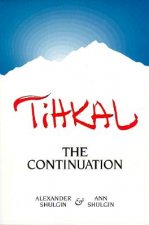
Tihkal
26.05 € -22 % -
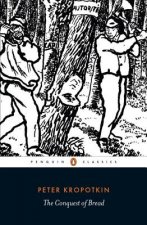
The Conquest of Bread
10.29 € -28 % -
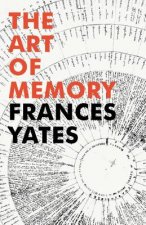
Art of Memory
19.28 € -28 % -
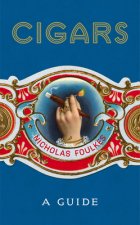
Cigars: A Guide
24.94 € -21 % -
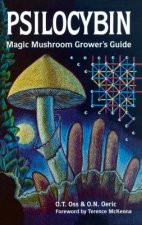
Psilocybin Magic Mushroom Guide
16.96 € -15 % -
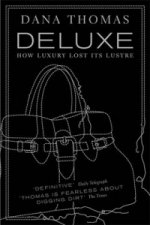
Deluxe
12.21 € -22 %
Collection points Bratislava a 2642 dalších
Copyright ©2008-24 najlacnejsie-knihy.sk All rights reservedPrivacyCookies


 15549 collection points
15549 collection points Delivery 2.99 €
Delivery 2.99 € 02/210 210 99 (8-15.30h)
02/210 210 99 (8-15.30h)